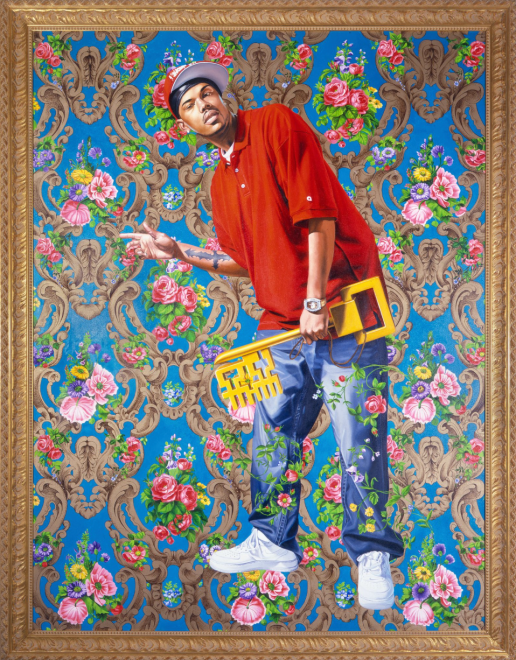
The artists in “Lux et Veritas,” an exciting exhibition at the NSU Art Museum in Fort Lauderdale, share two things in common. They all graduated from Yale School of Art for graduate studies from 2000 to 2010, and they are all nonwhite. That these 21 notable artists of color moved through this formerly lily-white institution of the Ivy League is a testament, to some extent, of progress in the admissions departments of higher education, however belated its arrival.
But as a visitor experience for the museum-going public, “Lux et Veritas” (which translates to “Light and Truth,” Yale’s motto), is a less of a pat on the back to the university and more of a group hug between the Black and brown artists who triumphed under its tutelage and their own singular creativity. This is not a glib comment: There are profound connections between the exhibition’s earliest trailblazers and the artists selected near the end of the aughts. They assisted and inspired each other, and that inspiration echoes off the canvases and pedestals and screens.
In many cases, these works are made by artists who have experienced struggle—who have experienced otherness—and have integrated these experiences profoundly in their practice. There are works in “Lux et Veritas” inspired by careful readings of Ralph Ellison and James Baldwin, and that comment on the institutional abuse of Black people, from Michael Brown to George Floyd. There are pieces rooted in western European and American art history and others that are wondrously untethered from the white traditions of the classical art canon: Art Year Zero reboots of limitless possibility.
Because all 21 artists are tops in their fields, the usual variation of quality control across a group exhibition does not apply; “Lux et Veritas” consists of standouts among standouts, with contributions as wide-ranging and eclectic as the African-American and immigrant experience itself. It includes Kehinde Wiley’s stirring oil paintings, which exude the realism of classical portraiture, the poetry of the street and the gaucheness of 1970s wallpaper all at once. Mickalene Thomas’ “October 1950” deconstructs and reimagines a classic pinup photo of a Black model as an almost Cubist form, complete with glitter and rhinestones and angular geometry. Wardell Milan’s “Battle Royale” is a series of Dadaist collages of magazine images spliced into vintage photographs of African-American boxers, the effect of which speaks to the forced labor of the Black man for the entertainment of white audiences.